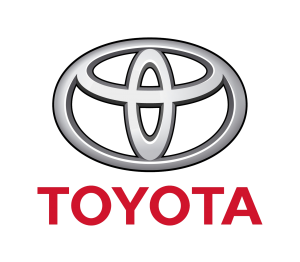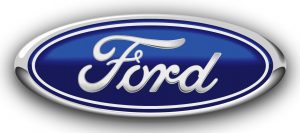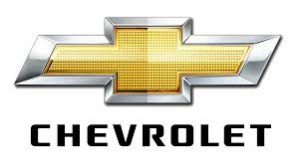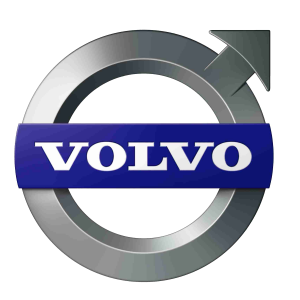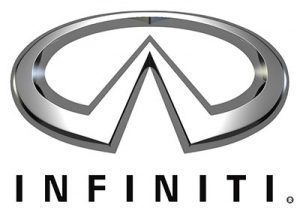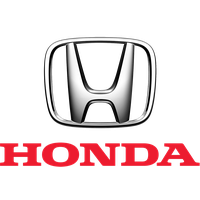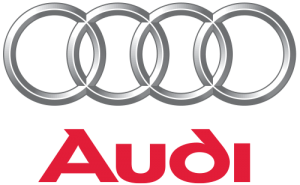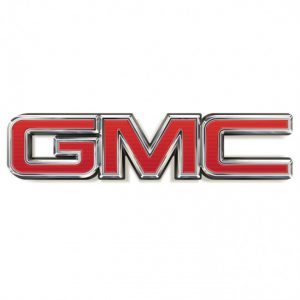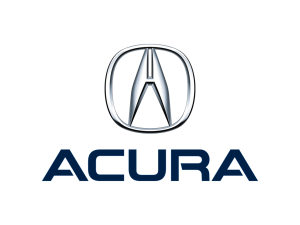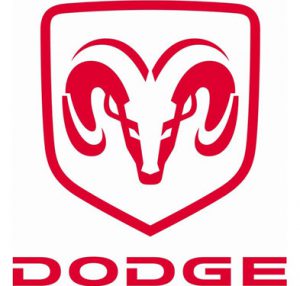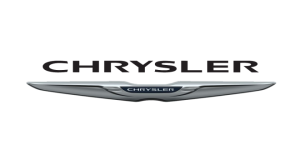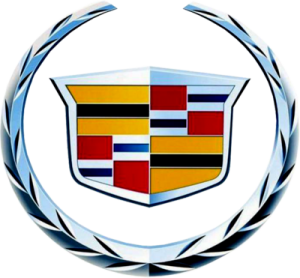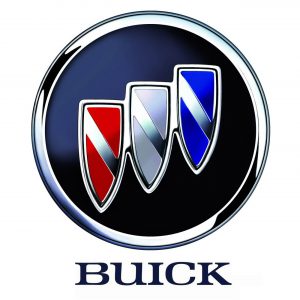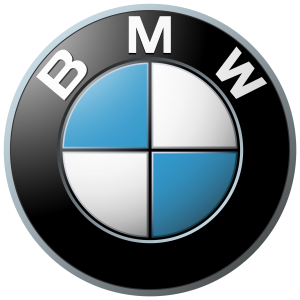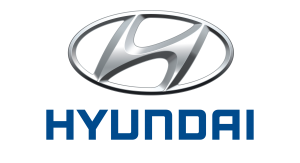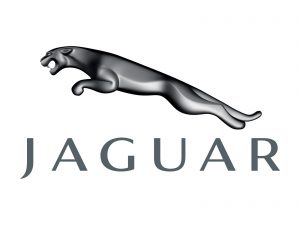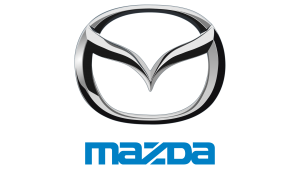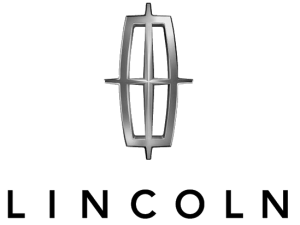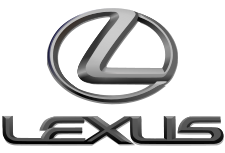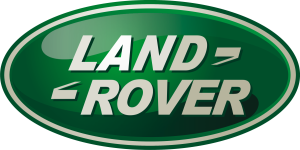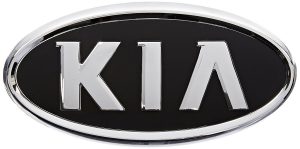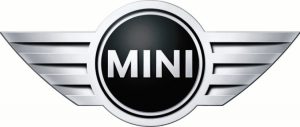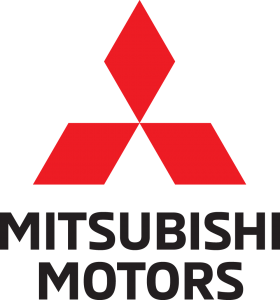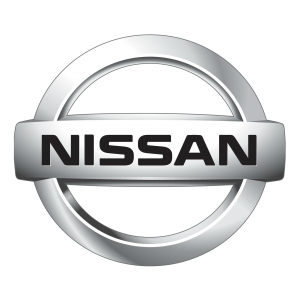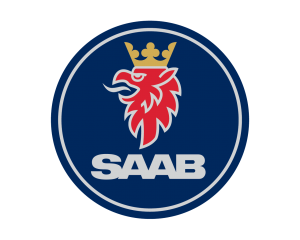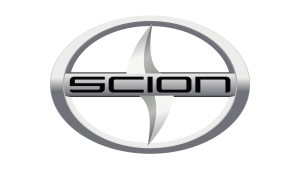axle
axis
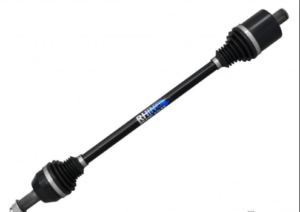
A shaft is also a central axis for a rotating wheel or gear. In the vehicles with wheels , the shaft can even be mounted on wheels, turning them, or mounted in the vehicle, with the wheels rotating around the axis. [1] Inside the previous case , bearings or bushes are provided at the mounting points where the shaft rests. within the latter case, a rocker or bushing sits inside a central hole inside the wheel to allow the wheel or gear rotates around the axis. Sometimes, notably On bicycles, this last type of shaft is mentioned as a spindle.
The axes are Associated in Nursing integral part of the best wheeled vehicles . Along a shaft-live system , the axes serve to transmit drive to the wheel, however, in maintaining the position of the wheels relative to each other and to the body of the vehicle. The axes along this method must, in addition, support the load of the vehicle and any merchandise. A non-axis drive, like the front beam axle on serious trucks and Some simple light weight driving machine trucks and vans, it has not shaft, and serves only as a suspension and steering part . Conversely, many cars with front-wheel drive have a solid rear-axle axle.
In several types of systems of suspension axes only serve to transmit drive to the wheels; The position of Associate in Nursing and of Associate in Nursing of the wheel hubs is an independent work of the system . This can often be typical of the independent suspensions found in most newer cars and SUVs, and in the front of the many light trucks . These systems still have differentials, but they will not have shaft housing tubesconnected . they will be connected to the chassis or the body of the vehicle, or integral along a transaxle The shafts (generally of the constant speed type) transmit the drive to the wheels. type system full floating axle driveshafts to over one system independent front wheel of load from the vehicle.
Drive shaft
Splines in a front drive pivot.
See also: Drive wheel.
A concentrator that is driven by the primary motor or motor is known as a unit concentrator.
The current cars with front-wheel drive regularly consolidate the transmission (gearbox and differential) and the front pivot in a single unit called a transaxle. The transmission pivot is a part hub with a differential and wide joints between the two axle shafts. Each half bucket is associated with the wheel by using a consistent velocity joint (CV) that allows the wheel to move to move vertically without reserves, as well as to turn when turning.
In cars and trucks with rear-wheel drive, the engine turns a transmission shaft (also called the propeller shaft or tail) that transmits the power of rotation to a transmission pivot in the rear of the vehicle. The pivot of the unit can be an active center, but today the rear-wheel-drive cars in general use a center divided with a differential. For this situation, a half-axis or half-axis associates the differential with the left rear wheel, a second half-axis does the same with the correct rear wheel; consequently, the two semiaxes and the differential form the rear hub.
Some simple vehicle structures, for example, karts of relaxation, can have a single driven wheel in which the hub of the unit is a partial pivot with only one of the two axes driven by the engine, or have the two wheels associated with an axle without differential (kart dashing). In any case, other go-karts also have two rear-wheel drive wheels.
Detroit Hub
The Detroit Axle Plant (AKA Eldon Axle) was a Chrysler automobile factory in Detroit, Michigan . The factory opened its doors in 1917 and was acquired by Chrysler in 1928. It was extended in 1956, 1964, 1966, 1969, 1998, 2000 and 2001. The factory closed in 2010. The plant has already been demolished. The property is now used to store new vehicles waiting to be sent to dealerships.
CV axis
HOW will a CV axis WORKS
Constant velocity joints (CV) allow the drive shaft to transmit power through a variable angle, at one speed of movement continuous , while no one increase substantially in friction. CV joints are responsible for a sudden transfer of engine power, regardless of the angle of rotation of the wheel . The constant velocity joints are mainly used in the cars with front-wheel drive and four-wheel drive. Rear-drive cars with independent rear suspensions often use CV seals at the ends of the axle shafts on the rear axle. The constant speed joints are protected by a rubber boot known as the CV gaiter. Each CV articulation includes an associated internal and external degree .
The first front-wheel drive systems used axles, as did the vehicles that drove the machine , as long as a cross-shaped metal pivot was placed between two forked supports. These were not CV joints, since, apart from specific configurations, they resulted during a variation of the transmitted speed. They were simple to create and extremely durable , and are still accustomed to giving a versatile coupling in some drive shafts in which there is not a lot of movement.
How axes of cars and trucks work
